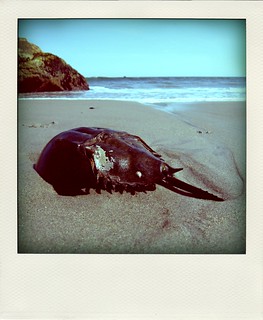The blood of horseshoe crabs is often harvested from live crabs for use in pharmaceuticals; the major product from their blood being limulus amebocyte lysate. A product which is used throughout the medical and pharmaceutical industry. According to University of New Hampshire and Plymouth State University these living crabs are being too heavily bled - harvesting approximately thirty percent of their total blood; leading to a mortality rate of twenty to thirty percent. After conducting experiments it was concluded that the horseshoe crabs would become heavily disoriented which drastically changed their behavior. After further analysis it was determined that this would have a further adverse effect if done during their breeding season.
Read more
here.New Zealand has recently taken upon itself a new initiative to improve its scampi production; producing a new hatchery in Cawthron Aquaculture Park - a project that has been in the works by the New Zealand Government for approximately six years. Over the next six years the Ministry of Business, Innovation and Employment will be investing NZ$1.5 million per year into this project. Encouraging a sustainable and healthy aquaculture industry; New Zealand is hoping to grow the exports from the current NZ$21 million to NZ$200 million by 2030.
Read more
here.



No comments:
Post a Comment